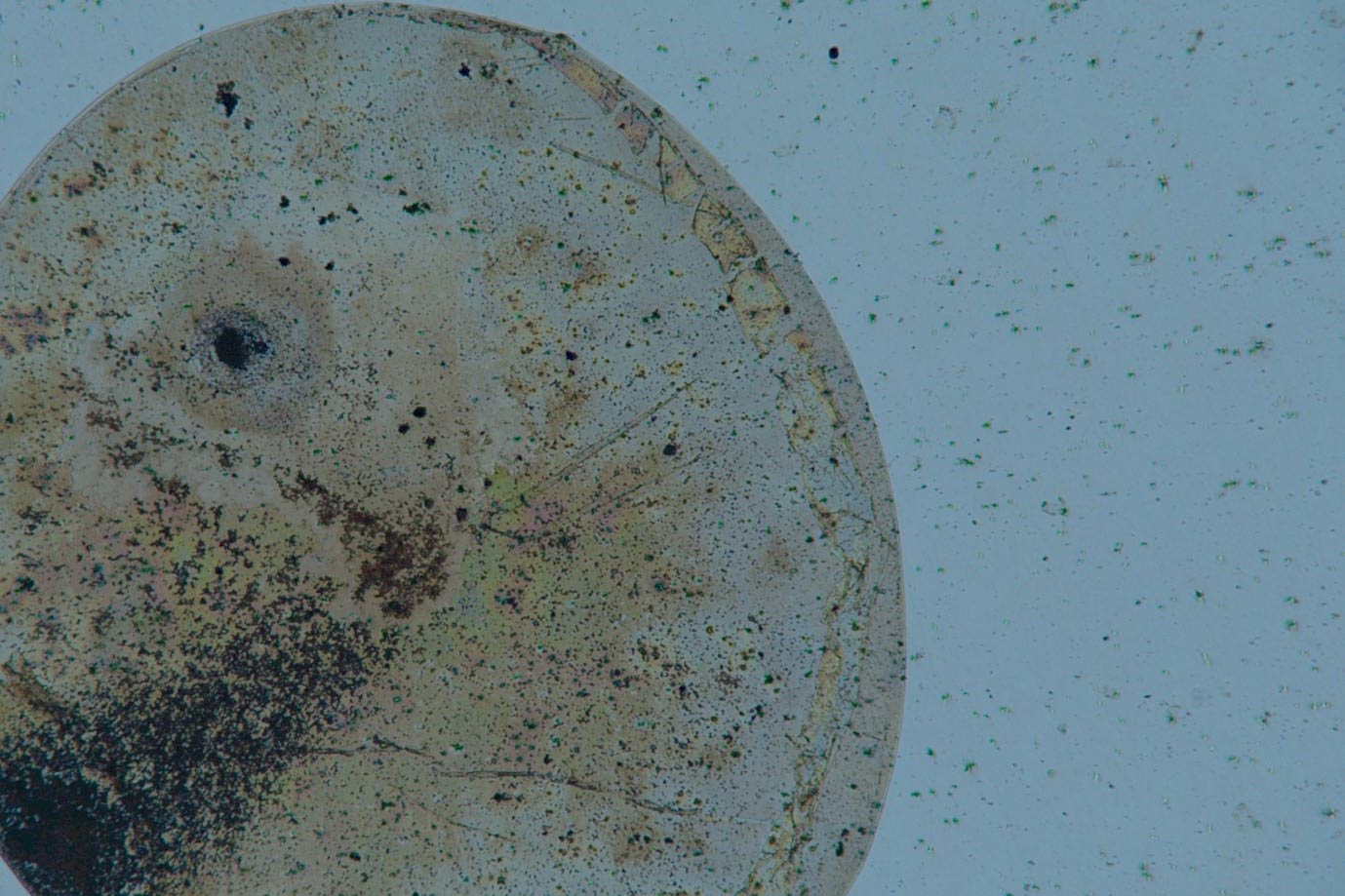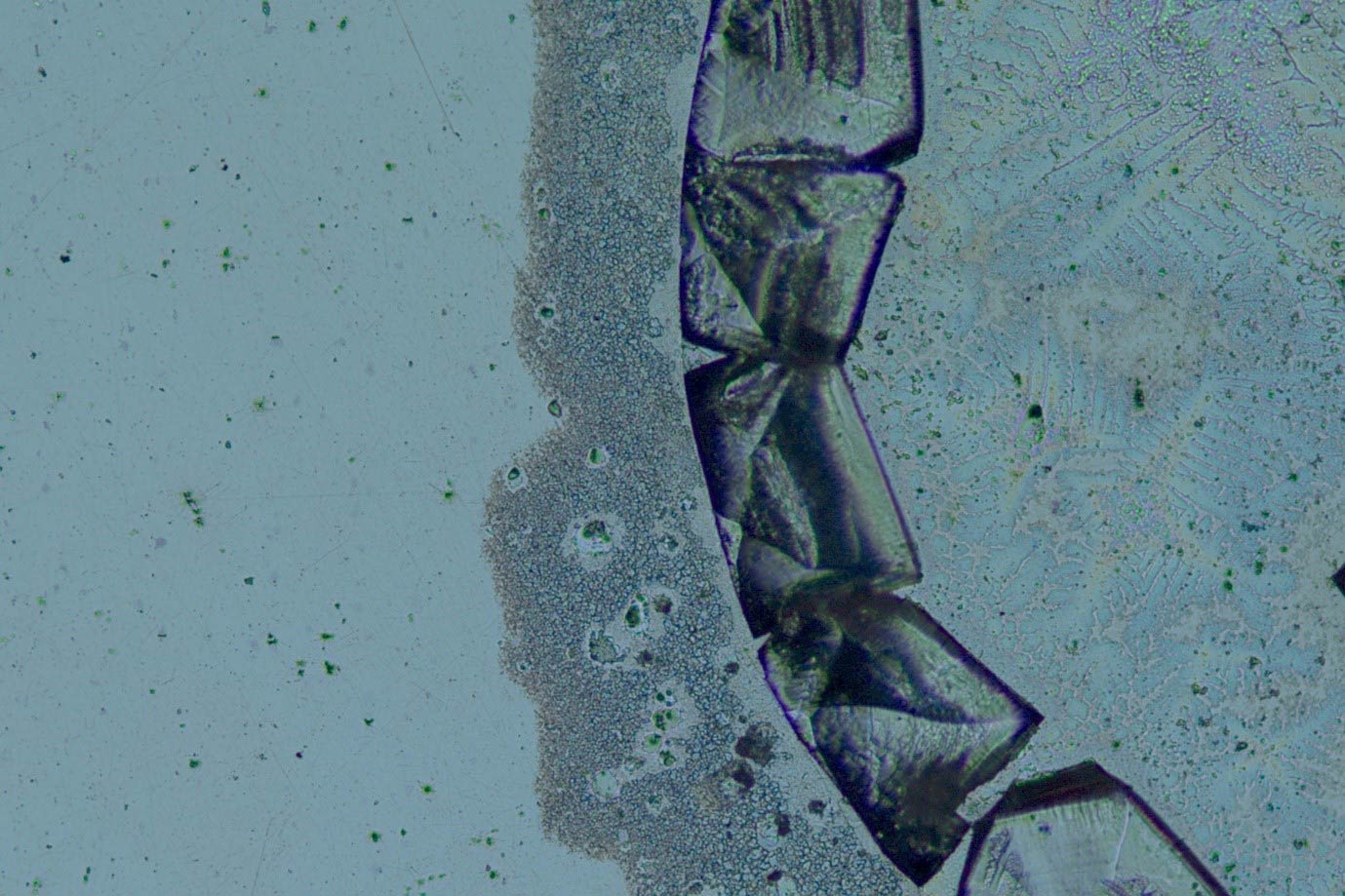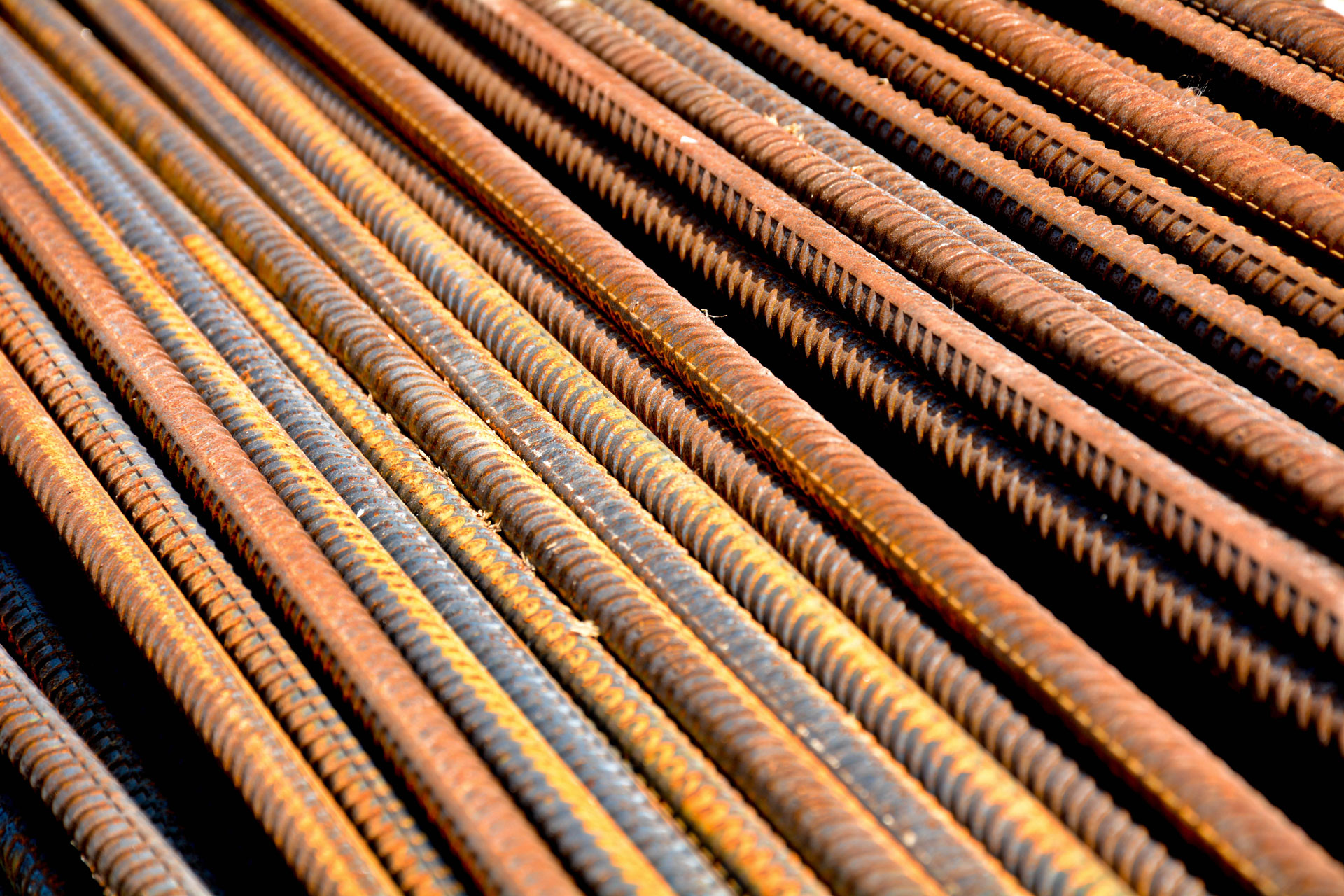Karim Gamaleldin
Background
My Masters degree concerns the development of rapid screening techniques for evaluating a wide range of potential inhibitors for 5xxx aluminium alloy systems. The use of corrosion inhibitors for the protection of these alloys is well established. While various inhibitors have been developed and assessed for the protection of marine-grade Al alloys, the most common practice for many decades has been the addition of chromate-based pigments to paint films. Chromates are recognised as extremely robust and effective inhibitors, however, there is increasing awareness of their toxicity and associated environmental hazards. This has led to the search for alternative inhibitors that are less toxic, more affordable, and effective at low concentrations.
Abstract
Aluminium alloy 5083 (AA5083) is a commonly used metal in marine applications due to its low density, good mechanical properties, and the high corrosion resistance. With regards to the latter, the oxide film formed on the aluminium alloy surface is non-uniform, thin, and non-coherent. Therefore, it imparts a certain level of protection under normal conditions. When exposed to environments containing halide ions, of which the chloride is the most frequent under service conditions, the oxide film breaks down leading to the local formation of corrosion pits.
Traditional techniques used to evaluate corrosion & corrosion inhibitors can be time-consuming. However, high-throughput methodologies can be used to conduct many experiments simultaneously and thus more rapidly than traditional tests. Consequently, there is an urgent need to discover & develop new rapid screening methodologies for preliminary screening prior to traditional electrochemical methods & computational methods to design new inhibitors.
Following the above, the aims of this research were to develop a new rapid screening method for metals susceptible to pitting corrosion and to assess corrosion inhibitors’ performance using a droplet-based technique. This MRes project was divided into two parts; (i) a systematic & rapid droplet-based strategy to screen a wide range of 21 corrosion inhibitors for AA5083, including determination of optimal surface cleaning method, surface preparation method, and optical profilometry of the surface under the droplet. Both performance & inhibition mechanisms were characterised. (ii) Adsorption properties, film-forming properties, and long-term performance of 2 shortlisted inhibitors was conducted using electrochemical & surface methods. Overall, this project successfully developed a high-throughput droplet-based corrosion assessment method for the corrosion community, which can screen new corrosion inhibitors rapidly & effectively. This method was tested by evaluating pitting corrosion & corrosion inhibitor performance on aluminium alloy AA5083.
 Figure 1: Corrosion events on the droplet site (2 microlitre) size
Figure 1: Corrosion events on the droplet site (2 microlitre) size
 Figure 2: Secondary spreading phenomena happened on the droplet edge
Figure 2: Secondary spreading phenomena happened on the droplet edge
Project Publications
V Sisarwal, S Dong, R Toh, K Gamaleldin, S Kulkarni, H Li, I Cole, J Dong & X-B Chen (2021). ‘Plasma electrolytic oxidation upon Mg alloys: fundamentals, state-of-the-art progress and challenges’ in ‘Conversion coatings for magnesium and its alloys’ (Ed’s VS Saji, TSN Sankara Narayanan, X Chen), Springer Cham (Switzerland), DOI: 10.1007/978-3-030-89976-9.

Corrosion and Inhibition
Corrosion inhibitors, corrosion of steel pipes in a soil environment, photocatalysts for CO2 hydrogenation, nano-sensing, optical sensing.